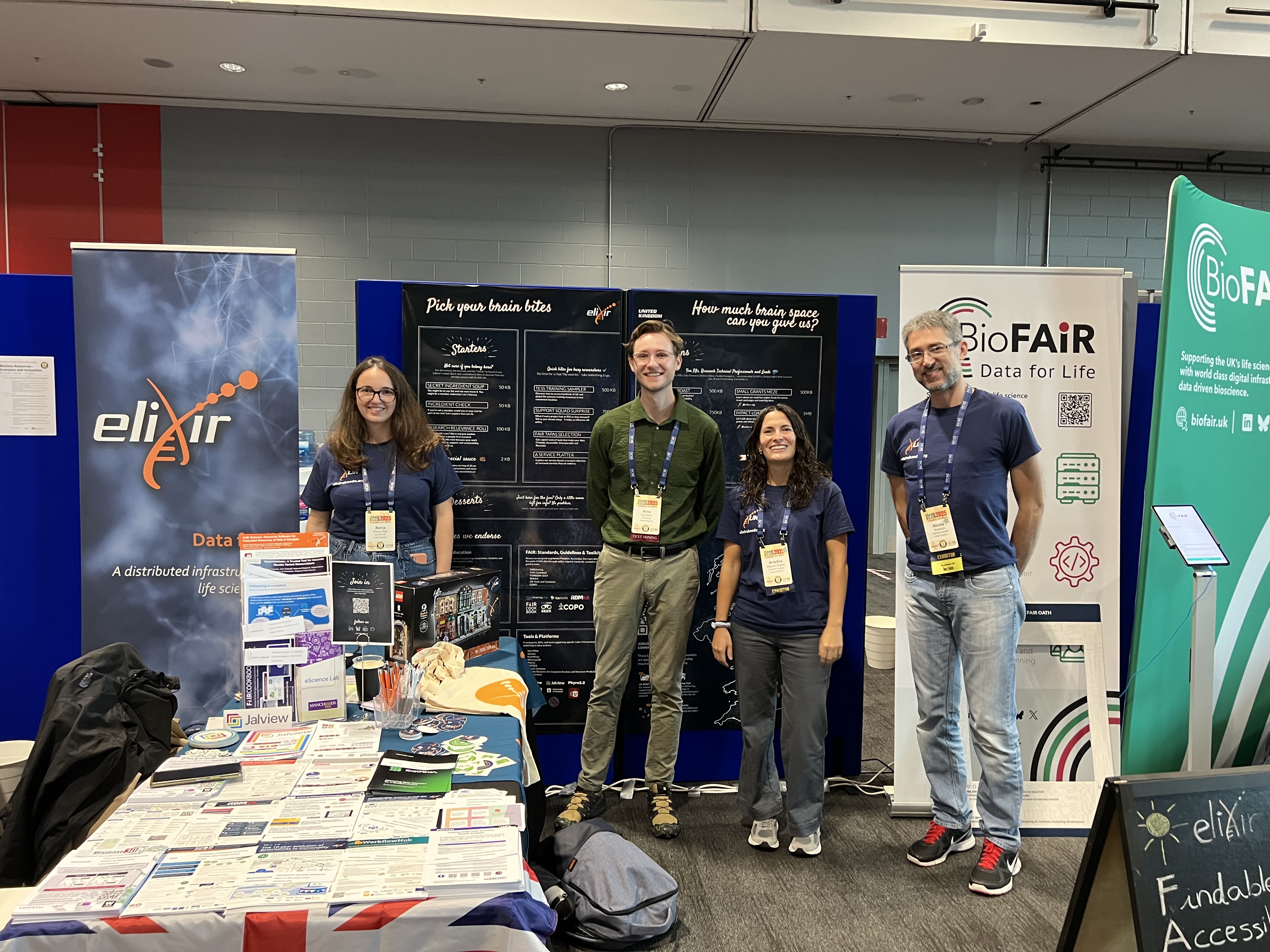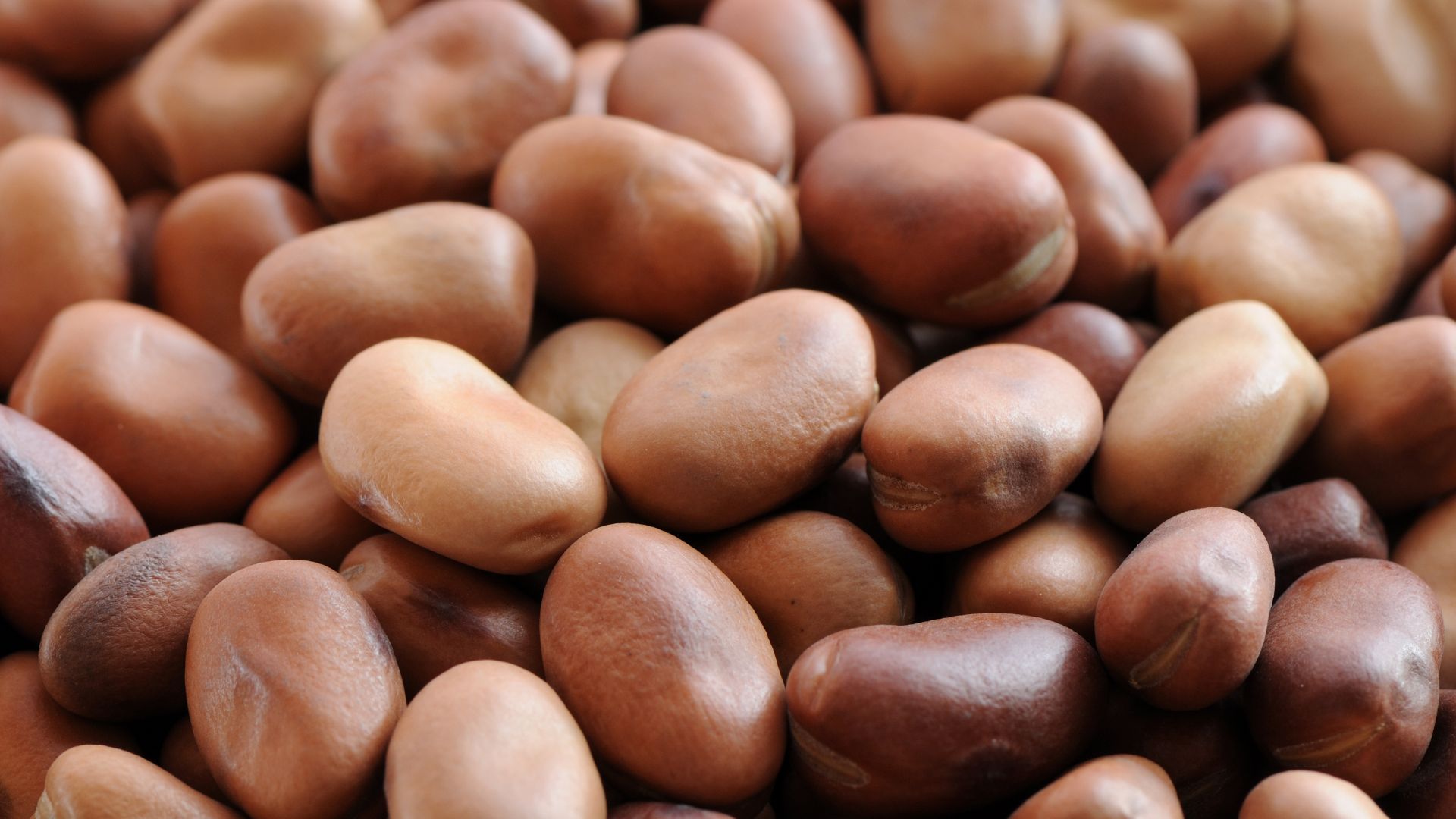COVID-19 KnetMiner released
We have responded to a request from the White House, Microsoft, Mark Zuckerberg, and others to find a way to rapidly sift through the mountain of COVID-19 scientific data. The KnetMiner team repurposed a tool they had originally developed to help crop scientists, providing medical researchers with quick and intuitive access to all documented linkages between genes, medicines, and the virus.
By bringing together COVID-19-related data in one place, the hope is that this will:
• Speed up the international search for useful drugs
• Prevent researchers from repeating work done elsewhere
• Avoid harmful interventions
• Ultimately, help pave the way to a vaccine
A US Government-backed call urged the world’s artificial intelligence experts to develop new text and data mining techniques that could help the science community answer urgent questions related to the deadly outbreak.
How KnetMiner Helped
Project leader, Dr Keywan Hassani-Pak, originally developed the KnetMiner software to support scientists studying complex plant traits and diseases. However, together with his team, he quickly realized its potential to aid coronavirus research.
“Using KnetMiner, medical researchers can now search for genes and keywords, visualize connections between biological concepts, and explore knowledge relating to the new coronavirus and COVID-19 disease.” — Dr Keywan Hassani-Pak
With KnetMiner, users can:
• Search for drugs related to coronavirus and explore connected data
• Investigate what pathways the drugs affect
• Identify any negative downstream effects
• Explore the genetic components of how SARS-CoV-2 and the human body interact
The Power of Data
The software links together almost 170,000 scientific articles, most of which contain detailed information about human genes, SARS, COVID-19-related proteins, drugs, and other medical conditions.
This results in more than 1.6 million relationships between biological entities—something that would take years to find using conventional methods.
“We have connected the dots in the COVID-19 biomedical data and put the information in a machine-readable format, in context with human genetics, pathogen-host, and drug-target interaction data.” — Dr Hassani-Pak
A Global Effort
In mid-March, the White House Office of Science and Technology Policy launched the COVID-19 call to action.
At the beginning of April, over 500 scientists, software developers, and clinicians joined forces in the COVID-19 virtual Biohackathon to develop new tools for working with COVID-19 data.
Working from their homes, the KnetMiner team—including Joseph Hearnshaw, Dr Marco Brandizi, Ajit Singh, and Dr Keywan Hassani-Pak—developed the COVID-19 knowledge graph in less than a month.
“I knew our technology was versatile, but delivering this within such a short time was beyond my expectations. This was only possible thanks to a fantastic team and a global effort to make COVID-19 data openly available.” — Dr Hassani-Pak
Access the COVID-19 Knowledge Graph
The newly developed biomedical resource offers developers and analysts the opportunity to use our data for new analyses and applications.
A full download of the COVID-19 knowledge graph is available on request.
• Explore COVID-19 KnetMiner: Click here
• Read the COVID-19 publication: Click here
You might also like

Graph Chat: A New Way to Explore and Understand Biological Knowledge Graphs with AI

The Future is Green: How AI in Biotech is Revolutionising Plant Genomics










